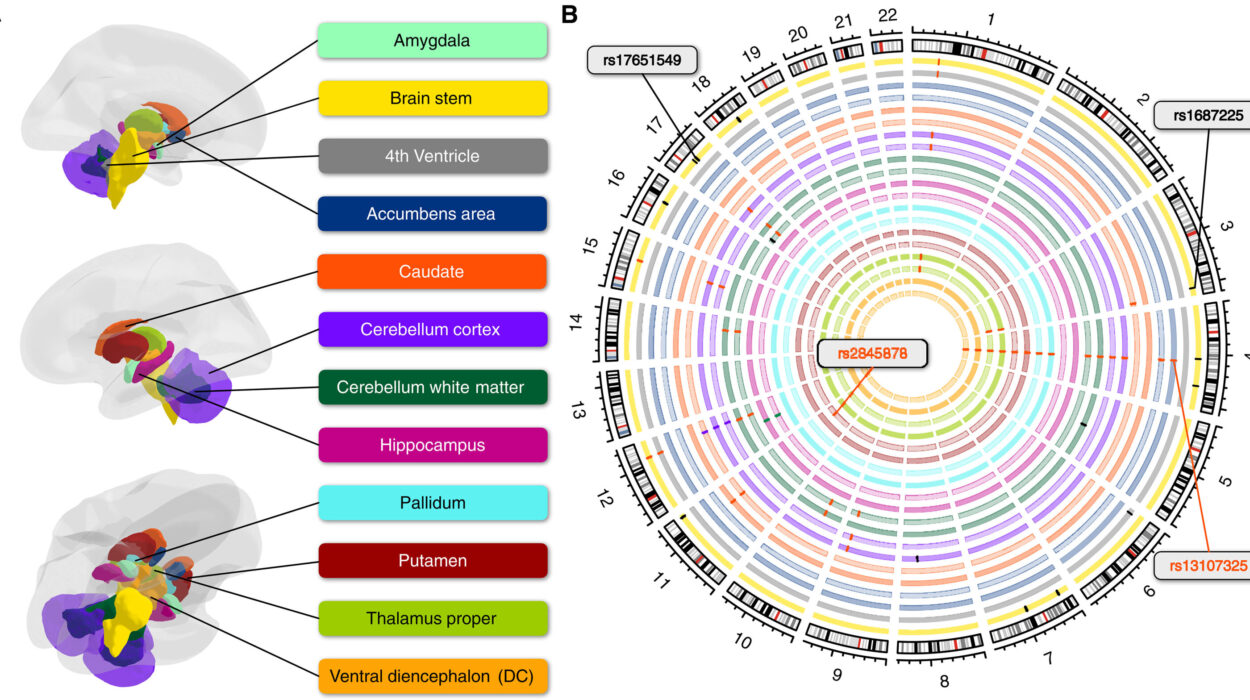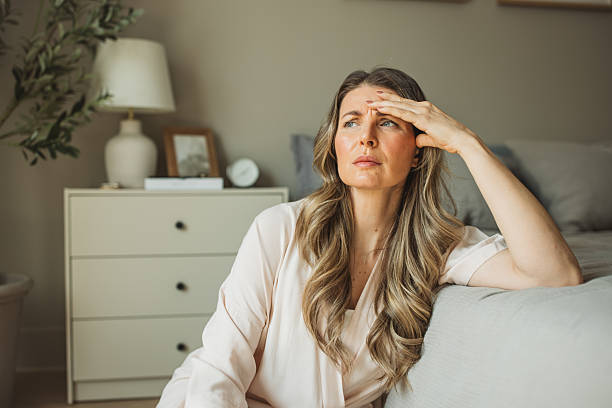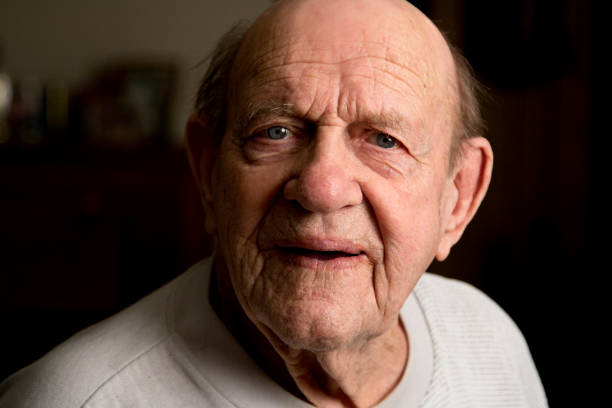Exercise is often celebrated for sculpting muscles, strengthening the heart, and burning calories. But there is another side to movement that is just as powerful—perhaps even more profound. Exercise is medicine for the mind. It reshapes how we think, feel, and interact with the world. Scientists across disciplines—from psychology to neuroscience—have spent decades uncovering the mental health benefits of physical activity, and the findings are clear: moving our bodies transforms our brains.
Imagine lacing up your shoes for a walk. Within minutes, your body releases endorphins, stress hormones begin to fade, and your brain chemistry subtly shifts. Now imagine repeating that daily over months or years—the effects compound, reshaping mood, cognition, and even resilience against mental illness. Exercise is not a quick fix or a miracle cure, but it is a powerful, evidence-backed tool that can uplift the human spirit.
Below, we will explore 17 ways exercise improves mental health, each grounded in scientific evidence yet described in a way that connects to everyday experience.
1. Exercise Reduces Stress
Stress is an inevitable part of modern life, but exercise acts as a natural antidote. When we move, our bodies reduce levels of cortisol, the stress hormone that wreaks havoc when chronically elevated. Simultaneously, exercise boosts endorphins and norepinephrine, brain chemicals that elevate mood and sharpen focus.
Think of a brisk walk after a long day: the weight on your shoulders lightens, your racing thoughts slow down, and suddenly the problems you faced feel more manageable. Scientists have shown that even moderate-intensity activity—like cycling or jogging—has measurable effects on stress reduction, making exercise one of the simplest, most accessible stress-management strategies.
2. Exercise Elevates Mood and Combats Depression
Depression is often described as a cloud that dims joy, motivation, and energy. Exercise cannot erase the condition entirely, but it is one of the most effective non-medical treatments available. Research shows that regular aerobic activity—such as running, swimming, or cycling—can significantly reduce depressive symptoms, sometimes as effectively as medication for mild to moderate cases.
Exercise stimulates the release of endorphins, serotonin, and dopamine, neurotransmitters closely tied to happiness and reward. Beyond chemistry, the act of achieving small fitness goals—walking further, lifting heavier—builds a sense of agency and accomplishment, countering the helplessness often felt in depression.
3. Exercise Reduces Anxiety
Anxiety disorders are marked by excessive worry, restlessness, and physiological tension. Exercise directly counteracts these symptoms by engaging the parasympathetic nervous system—the “rest and digest” response—which lowers heart rate and promotes relaxation.
Studies show that aerobic activities like running and swimming reduce anxiety sensitivity (the fear of bodily sensations associated with anxiety, such as a racing heart). By safely raising and lowering heart rate during workouts, exercise trains the brain to tolerate these sensations, lessening panic. Even gentle practices like yoga or tai chi promote calmness by combining movement with mindful breathing.
4. Exercise Enhances Cognitive Function
Beyond emotional health, exercise strengthens the mind itself. Physical activity improves memory, attention, and problem-solving skills. One reason is increased blood flow to the brain, delivering oxygen and nutrients that support neural activity. Another is the release of growth factors like brain-derived neurotrophic factor (BDNF), which supports the growth and survival of neurons.
Children who are physically active tend to perform better in school, while adults who exercise consistently show sharper cognitive abilities. For older adults, exercise is a protective factor against cognitive decline, slowing the progression of conditions like Alzheimer’s disease.
5. Exercise Improves Sleep Quality
Mental health and sleep are deeply intertwined. Insomnia can worsen anxiety and depression, while poor mental health can disrupt sleep. Exercise breaks this vicious cycle.
When we move, our body temperature rises. Post-exercise, as temperature falls, the body signals readiness for rest. Exercise also helps regulate circadian rhythms—the internal clock that governs sleep-wake cycles. Studies show that people who engage in moderate aerobic exercise fall asleep faster, experience deeper slow-wave sleep, and wake up feeling more refreshed.
Better sleep, in turn, supports emotional regulation, making it easier to cope with stress and negative emotions.
6. Exercise Builds Resilience to Trauma
Post-traumatic stress disorder (PTSD) and other trauma-related conditions can trap individuals in cycles of hypervigilance and intrusive memories. Exercise offers a way to reclaim control over the body and mind.
Aerobic activity helps regulate the nervous system, reducing the intensity of stress responses. Group exercises, such as martial arts or dance, can foster community, providing safe spaces for expression and healing. While not a replacement for therapy, exercise is increasingly recognized as a valuable component of trauma recovery.
7. Exercise Boosts Self-Esteem and Confidence
Mental health thrives on self-worth, and exercise is a powerful builder of confidence. Each workout is an opportunity for achievement: lifting a little heavier, running a little farther, holding a pose a little longer. Over time, these small victories accumulate into a stronger sense of self-efficacy.
Beyond ability, exercise also influences body image. Feeling stronger, more energized, or simply more connected to one’s body can improve how people view themselves. This improved self-esteem translates into greater resilience against stress and a more positive outlook on life.
8. Exercise Promotes Social Connection
Humans are wired for connection, and loneliness is a major risk factor for poor mental health. Exercise often brings people together, whether through sports, group fitness classes, walking clubs, or online fitness communities.
Shared physical activity fosters a sense of belonging. Working toward common goals, cheering for teammates, or simply sharing space during yoga can all nurture social bonds. These connections are protective against depression and anxiety, reminding us that we are not alone in our struggles.
9. Exercise Improves Emotional Regulation
Have you ever noticed how much calmer you feel after a workout, even if the day was chaotic? Exercise helps regulate emotions by balancing neurotransmitters and hormones, but also by training the brain to cope with discomfort.
Physical exertion mimics emotional stress: rapid heartbeat, sweating, muscle tension. By repeatedly experiencing and overcoming these sensations during exercise, individuals learn to tolerate and manage emotional intensity in daily life. This process strengthens resilience and reduces emotional reactivity.
10. Exercise Reduces the Risk of Substance Abuse
Substance use is often linked to attempts to cope with stress, depression, or anxiety. Exercise provides a healthier outlet by stimulating the brain’s reward pathways in natural ways. Physical activity increases dopamine, creating feelings of pleasure without the harmful consequences of drugs or alcohol.
Studies suggest that exercise can help people recover from addiction, reducing cravings and relapse rates. It also provides structure and purpose—two elements crucial for maintaining sobriety.
11. Exercise Supports Brain Plasticity
The human brain is not fixed; it is capable of growth and change, a phenomenon known as neuroplasticity. Exercise enhances this process by promoting the formation of new neural connections.
Animal studies show that exercise increases the birth of new neurons in the hippocampus, a region central to learning and memory. In humans, these effects translate into sharper thinking, better emotional control, and greater adaptability to new situations. Enhanced plasticity may also contribute to recovery from mental illness or brain injury.
12. Exercise Enhances Creativity
A walk in nature or a jog around the block often sparks new ideas. This is not coincidence—exercise promotes creativity. Movement increases blood flow to the brain’s frontal lobes, the region responsible for imagination, planning, and problem-solving.
Researchers have found that people generate more original ideas after light to moderate exercise compared to sitting still. Whether it’s writing, painting, or problem-solving at work, physical activity can help unlock creativity by freeing the mind from rigid patterns of thought.
13. Exercise Protects Against Age-Related Mental Decline
Aging often brings concerns about memory loss and cognitive decline. Exercise acts as a protective shield. Older adults who remain physically active show reduced risk of dementia and maintain higher levels of mental function compared to sedentary peers.
This protection is linked to improved circulation, reduced inflammation, and the promotion of neurotrophic factors like BDNF. Exercise also lowers the risk of conditions such as high blood pressure and diabetes, which are known to accelerate cognitive decline.
14. Exercise Provides a Natural Sense of Purpose
Purpose is essential for mental well-being. Exercise, especially when done consistently, offers a sense of structure and meaning. Committing to a routine provides daily goals, while long-term training fosters larger ambitions, such as running a marathon or simply staying active into old age.
For many, exercise becomes a personal journey—a way to measure progress, overcome challenges, and celebrate achievements. This sense of purpose strengthens resilience and enriches life with meaning.
15. Exercise Improves Focus and Attention
In an age of distractions, attention is one of our most valuable mental resources. Exercise enhances focus by increasing dopamine and norepinephrine—chemicals that play key roles in attention and motivation.
Studies show that children with ADHD benefit greatly from physical activity, which improves concentration and reduces impulsivity. Adults, too, report heightened productivity and clarity after exercise, making it a tool not just for health but also for efficiency in daily life.
16. Exercise Encourages Mindfulness
Mindfulness—the practice of being fully present—has well-documented mental health benefits. Exercise naturally cultivates mindfulness by anchoring attention in the body. Whether it’s the rhythm of breath during yoga, the pounding of feet while running, or the feeling of water while swimming, exercise draws awareness to the moment.
This mindful presence reduces rumination, the repetitive negative thinking that fuels anxiety and depression. Exercise thus becomes not only a physical act but also a moving meditation.
17. Exercise Increases Overall Life Satisfaction
Ultimately, all the benefits of exercise converge into one outcome: greater life satisfaction. People who are physically active report higher levels of happiness, energy, and fulfillment. Exercise instills a sense of agency, strengthens connections, enhances resilience, and fosters joy.
This doesn’t mean exercise eliminates life’s struggles, but it equips us with the mental tools to face them with strength, clarity, and optimism. Over time, the cumulative effects of regular physical activity shape not just a healthier body, but a more content and flourishing mind.
Conclusion
Exercise is far more than a tool for physical health—it is a profound force for mental well-being. From reducing stress and depression to enhancing creativity, focus, and resilience, the mental health benefits of movement are undeniable and deeply transformative.
Science continues to reveal the intricate ways exercise reshapes the brain, but perhaps the most compelling evidence is lived experience: the calm after a run, the joy of dancing, the pride of lifting a weight you couldn’t before. These moments remind us that exercise is not just about adding years to life but adding life to years.
The beauty of this medicine is that it requires no prescription. It begins with a single step, a stretch, a breath. And with each movement, we step closer not only to a stronger body but also to a healthier, more resilient, and more joyful mind.






